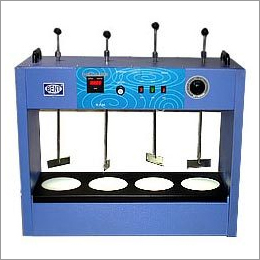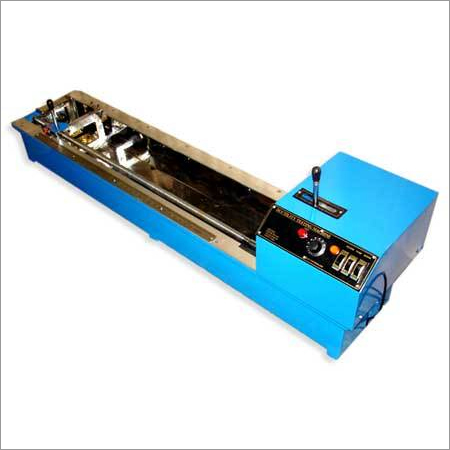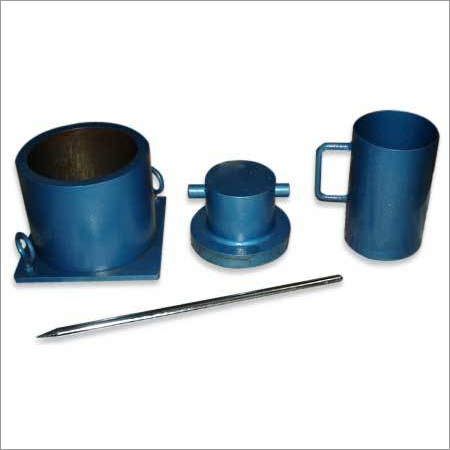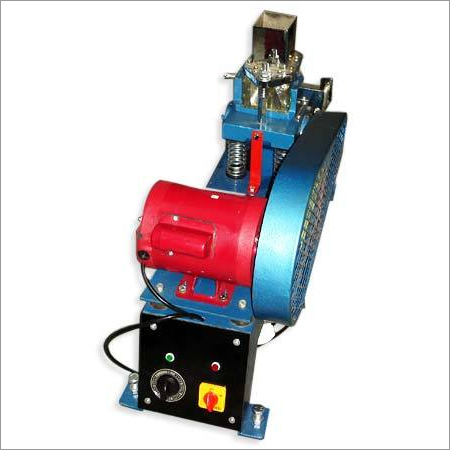Direct Shear Apparatus
Direct Shear Apparatus Specification
- Operating Pressure
- Manual weighted
- Power Source
- Manual
- Accessories Type
- Shear Box, Loading Frame, Weights, Proving Ring, Dial Gauge
- Surface Treatment
- Powder Coated
- Machine Type
- Manual
- Control System
- Mechanical Lever Arm
- Accuracy
- 0.01 mm
- Technology
- Mechanical
- Type
- Direct Shear Apparatus
- Material
- Mild Steel & Brass
- Application
- Soil Testing Laboratory
Direct Shear Apparatus Trade Information
- Minimum Order Quantity
- 1 Number
- Supply Ability
- 04 Per Month
- Delivery Time
- 3-8 Week
About Direct Shear Apparatus
The Direct Shear Apparatus Is Equipped With :
- 1 set of weights to give normal stress of 3 kg/cm2 through lever (without proving ring) 0.05 kg/cm2 4 nos.
- 0.1 kg/cm2 1 no.,
- 0.2 kg/cm2 1 no.,
- 0.5 kg/cm2 4 nos.,
- 1.0 kg/cm2 1 no.
- Proving Ring 2 kN & dial Gauge 0.01 x 25mm.
Precision & Compliance
Engineered to meet IS 2720 (Part XIII) standards, this direct shear apparatus guarantees reliable soil strength testing for laboratories, universities, and field specialists. The advanced mechanical system, incorporating a mechanical lever arm and manual weighted operation, delivers consistent results with high accuracy (0.01 mm) across each test.
Robust Construction & Accessories
Manufactured from quality mild steel and brass with a durable powder-coated finish, the apparatus withstands rigorous daily use. Essential accessories including loading frame, shear box, weights, proving ring, and dial gauge are provided for seamless, professional testing experiences.
User-Friendly Mechanical Design
Designed for manual operation, the apparatus includes an intuitive control system that facilitates easy setup and use. Its portable dimensions and manageable net weight (approx. 30 kg) allow straightforward integration into any soil testing laboratory in India or abroad.
FAQs of Direct Shear Apparatus:
Q: How does the Direct Shear Apparatus operate to test soil strength?
A: The apparatus measures the shear strength of soil samples by applying controlled horizontal force through a mechanical lever arm. The sample, confined in a shear box (60 x 60 x 25 mm), is gradually loaded using manually applied weights, while displacement is tracked with a high-precision dial gauge.Q: What specific features enhance the accuracy of this apparatus?
A: The device provides fine measurement increments with a dial gauge least count of 0.01 mm and an overall accuracy of 0.01 mm. This allows for precise tracking of soil displacement during shear, improving experimental reliability.Q: When should this apparatus be used in soil testing?
A: It is typically employed during geotechnical investigations, foundation analysis, and research to determine soil shear strength parameters, especially where IS 2720 (Part XIII) compliance is required.Q: Where is this apparatus most suitable for installation?
A: The direct shear apparatus fits perfectly in soil testing laboratories within universities, research institutions, construction companies, or government quality control departments due to its manageable size (approx. 350 x 250 x 400 mm) and manual operation.Q: What is the process for conducting a test using this machine?
A: A soil specimen is placed in the shear box, weights (50 g to 1 kg set range) are applied manually to reach desired loading, and horizontal movement is initiated. The dial gauge records displacement up to 10 mm as shear occurs, enabling calculation of soil shear strength.Q: What benefits do users gain from choosing this apparatus?
A: Users benefit from its mechanical reliability, precise measurements, solid build quality, and compliance with Indian testing standards, ensuring trustworthy results for both basic geotechnical research and advanced soil engineering projects.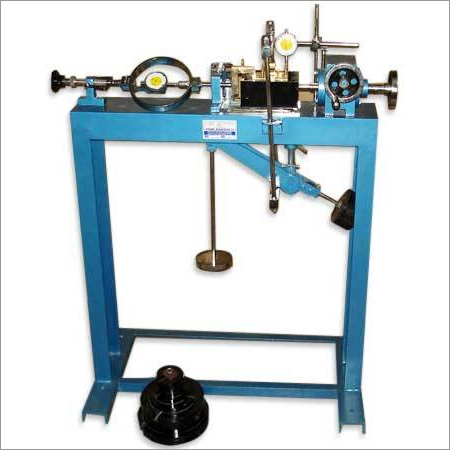

Price:
- 50
- 100
- 200
- 250
- 500
- 1000+
More Products in Civil Engineering Instruments Category
Flocculator
Price Range 10000.00 - 600000.00 INR / Number
Minimum Order Quantity : 1 Number
Application : Water and Wastewater Treatment
Technology : Jar Test Apparatus
Material : MS (Mild Steel) with Acrylic Jars
Accuracy : High Precision
Ductility Testing Machine
Price Range 10000.00 - 600000.00 INR / Number
Minimum Order Quantity : 1 Number
Application : Construction, Asphalt Testing Laboratories, Road Engineering
Technology : Digital / Manual
Material : Mild Steel (MS)
Accuracy : 1 mm
Aggregate Crushing Value
Price Range 10000.00 - 600000.00 INR / Number
Minimum Order Quantity : 1 Number
Application : Civil Engineering, Construction Testing Laboratories
Technology : Manual
Material : Mild Steel
Accuracy : 1%
Vibrating Machine
Price Range 10000.00 - 600000.00 INR / Number
Minimum Order Quantity : 1 Number
Application : Cement / Concrete Cube Testing, Laboratory Testing
Technology : Vibratory Technology
Material : Mild Steel Body with Cast Iron Table
Accuracy : High, 1%
Factory Address :
Plot No 47, Emerald Indl Estate, Kidc Indl Area, Deku Village, Khalapur Taluk,
Khopoli Raigad, Maharahtra

 Send Inquiry
Send Inquiry
